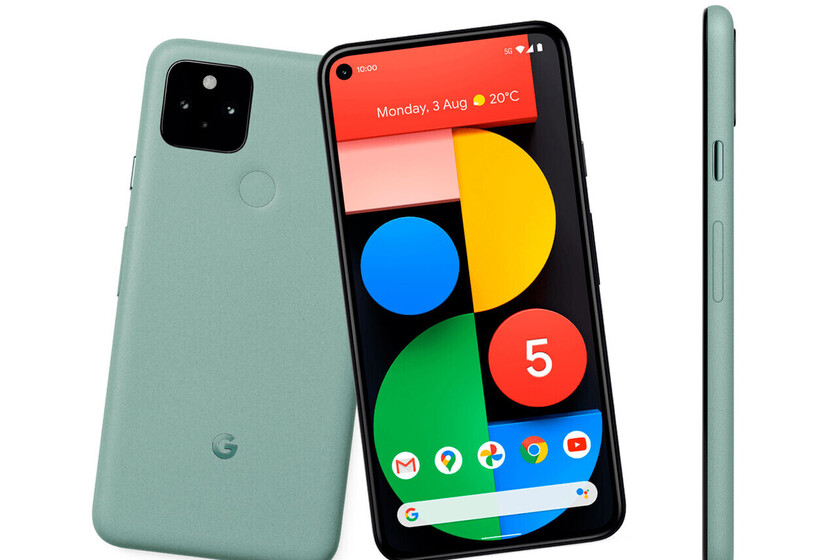


![]()
Google has already made official the Pixel 5, a mobile between the high-end and the mid-range, with a rather ambitious camera but somewhat tight hardware. One of the features that have attracted the most attention in the Pixel 5 is wireless charging. There are many phones with this technology, but this is the first time that a company has achieved incorporate wireless charging in a mobile made of aluminum.
On paper, an aluminum mobile cannot achieve this function. Why does the Pixel 5 do? We are going to explain it to show that it is technically possible to do itas long as you have enough ingenuity.
Today, the most widespread wireless charging is contact wireless charging. It is a system for the transmission of electricity by electromagnetic induction, capable of operating at distances of 40 millimeters. For wireless charging to work two devices are required: a mobile with a Qi receiver and a base connected to a power source.
Both devices have a coil, transmitter in the case of the charger and receiver in the case of the smartphone and, when they come into contact, the alternating current is induced to charge the mobile. And what does aluminum have to do with all this?
This is due to the properties of metallic materials, which they are great conductors of electricity. If the charging surface of the mobile were metal, the energy transmitted by the coil of the charging base would be induced by the entire metal body of the mobile (which we have said is a great conductor), generating a lot of heat and even blocking the charging process. This is why all mobile phones with wireless charging have a plastic or glass finish.
The Google Pixel 5, as usual in the company, is built with multiple layers. On top of the aluminum that we find with the naked eye, on the back of the Pixel 5 there is a layer of a material that Google calls bio-resin. Basically, this is a name that Google has given to its very thin plastic layer. That is to say, the Pixel 5 is aluminum, but has a plastic layer on top.
This has allowed Google drill the aluminum to create a hole into which the load transmitting coil has been inserted. In this way, when it comes into contact with the charging base, the current is not transmitted through the metal body, since the plastic material prevents it. However, the perforation in the aluminum under the plastic allows the mobile to have wireless charging.
It is a rather striking and curious solution, since it is the first time it has been implemented, showing that ingenuity can even be above the laws of electromagnetism.
–
The news
Wireless charging on aluminum mobiles is possible: the Google Pixel 5 is the proof
was originally published in
Xataka Android
by
Ricardo Aguilar
.
Exploring the Top 5 Voice AI Alternatives: What Sets Them Apart?
How iGaming Platforms Ensure Seamless Integration of Casino Games and Sports Betting?
The Rise of Spatial Computing: Evolution of Human-Computer Interaction
Data Loss on Windows? Here's How Windows Recovery Software Can Help
Integrating Widgets Seamlessly: Tips for Smooth Implementation and Functionality